Introduction
Machine learning (ML) is transforming industries by enabling automation, improving decision-making, and optimizing processes. However, as ML systems become more integrated into daily life, ethical concerns emerge regarding their fairness, transparency, privacy, and impact on society. Ensuring that AI-driven technologies align with ethical standards is crucial for building trust and accountability.
1. Bias and Fairness
Understanding the Issue
Machine learning (ML) models are trained on historical data, which can inadvertently contain biases. If these biases are not identified and mitigated, they can lead to unfair outcomes, disproportionately affecting certain groups. This issue is particularly concerning in high-stakes applications such as hiring, lending, healthcare, and criminal justice.
For example, if an ML model is trained on biased hiring data that historically favored certain demographics, it may continue to reinforce these patterns, resulting in discriminatory decisions.
Real-World Examples of Bias in ML
- Amazon’s AI Hiring Tool
- Amazon developed an AI-powered recruitment tool to evaluate job applicants.
- The model was trained on résumés submitted over the past decade, which were predominantly from male candidates.
- As a result, the AI system developed a bias against female applicants, downgrading resumes that included terms like "women's club" or "women's sports."
- The tool was ultimately abandoned after the bias was discovered.
- COMPAS Algorithm in Criminal Justice
- COMPAS (Correctional Offender Management Profiling for Alternative Sanctions) is a tool used in the U.S. to predict the likelihood of a defendant reoffending.
- Studies found that the algorithm disproportionately classified Black defendants as high-risk compared to white defendants, even when controlling for actual reoffense rates.
- This bias in risk assessment impacted sentencing and parole decisions, leading to concerns over fairness in the justice system.
Strategies to Address Bias and Promote Fairness
- Bias Audits and Fairness Metrics
- Regularly evaluate ML models using fairness metrics such as:
- Demographic Parity: Ensures equal positive outcomes across different demographic groups.
- Equalized Odds: Requires that the true positive and false positive rates be similar across groups.
- Counterfactual Fairness: Tests whether a model’s predictions remain unchanged if an individual’s demographic characteristics are altered.
- Regularly evaluate ML models using fairness metrics such as:
- Diverse and Representative Training Data
- Collect and use training data that accurately reflects all demographic groups.
- Perform data balancing techniques to ensure underrepresented groups are adequately represented.
- Conduct data preprocessing to remove historical biases where possible.
- Fairness-Aware Algorithms
- Use techniques such as:
- Reweighting: Adjusting weights of training samples to mitigate bias.
- Adversarial Debiasing: Training a secondary model to identify and remove bias from the main model.
- Post-processing methods: Adjusting model outputs to ensure fairness without modifying the underlying model.
- Use techniques such as:
- Human Oversight and Ethical Review
- Implement human-in-the-loop decision-making for high-risk applications.
- Establish ethical review boards to assess the impact of AI systems before deployment.
- Involve domain experts and affected communities in the development and auditing of ML models.
2. Transparency and Interpretability
Understanding the Issue
Machine learning models, especially deep learning models, are often considered "black boxes" because their decision-making processes are difficult to interpret. This lack of transparency can lead to distrust, ethical concerns, and regulatory challenges, particularly in high-stakes applications like finance, healthcare, and criminal justice.
When an AI system makes a decision—such as rejecting a loan application or recommending a medical treatment—it is crucial for stakeholders, including users, regulators, and developers, to understand why and how that decision was made.
Real-World Examples of Lack of Transparency
- AI-Based Credit Scoring
- Many financial institutions use AI models to assess creditworthiness.
- Applicants may be denied loans or credit without receiving a clear explanation of why they were rejected.
- This lack of transparency can lead to unfair treatment and legal challenges if customers are not given the opportunity to improve their credit standing.
- Medical AI Decision Systems
- AI-powered diagnostic tools assist doctors in recommending treatments or identifying diseases.
- If an AI model suggests a particular treatment without providing a clear reasoning process, doctors may struggle to trust its recommendation.
- In cases where the AI system makes an incorrect diagnosis, the lack of interpretability can make it difficult to identify and correct errors.
Solutions for Improving Transparency and Interpretability
- Explainable AI (XAI) Techniques
- SHAP (SHapley Additive Explanations): Provides a way to interpret the contribution of each feature in the model’s decision-making process. It assigns a value to each input feature based on its influence on the prediction.
- LIME (Local Interpretable Model-agnostic Explanations): Generates local explanations by perturbing input data and observing how the model's predictions change, making it easier to understand how specific predictions are made.
- Feature Importance Methods: Some models, like decision trees and random forests, have built-in mechanisms to show which features had the most influence on predictions.
- Proper Documentation of Model Development
- Maintain detailed records of the model's architecture, training data, and decision rules.
- Document assumptions, limitations, and known biases in the model.
- Ensure that developers, auditors, and users can access this information to evaluate the model’s reliability.
- Regulatory Compliance and Ethical AI Practices
- Adhere to industry regulations that require transparency, such as the General Data Protection Regulation (GDPR) in Europe, which mandates that individuals have the right to an explanation of AI-driven decisions that affect them.
- Implement auditing processes to ensure fairness, accountability, and compliance with ethical AI guidelines.
- Encourage organizations to establish AI ethics committees to oversee the deployment of machine learning models.
3. Privacy and Data Security
Understanding the Issue
Machine learning models rely on vast amounts of data, often including sensitive personal information such as financial records, medical histories, and browsing behaviors. While this data helps improve model accuracy, it also raises serious privacy concerns, including the risk of security breaches, unauthorized data usage, and mass surveillance.
Without proper safeguards, malicious actors can exploit machine learning systems to access private information, manipulate data, or even launch adversarial attacks to alter model predictions. Organizations must ensure that user data is protected while still enabling effective model training.
Real-World Examples of Privacy and Security Issues
- The Cambridge Analytica Scandal
- In 2018, it was revealed that Cambridge Analytica harvested data from millions of Facebook users without their consent.
- This data was used to create psychological profiles and influence political campaigns, violating users’ privacy rights.
- The scandal exposed how machine learning models can be misused when data privacy regulations are weak.
- Facial Recognition and Mass Surveillance
- Governments and private companies are increasingly using AI-powered facial recognition for security and identification.
- However, these systems raise ethical concerns about mass surveillance, particularly in countries where they are used to track individuals without consent.
- In some cases, facial recognition technology has been found to misidentify people, leading to wrongful arrests and privacy violations.
Solutions for Enhancing Privacy and Security in Machine Learning
- Data Anonymization Techniques
- Anonymization involves modifying data so that individuals cannot be directly identified.
- Techniques include:
- Data masking: Replacing sensitive information with randomized or encrypted values.
- Generalization: Reducing the precision of data (e.g., replacing exact ages with age ranges).
- Synthetic data generation: Creating artificial data that mimics the original dataset but does not contain real user information.
- Federated Learning
- Traditional machine learning methods require collecting and storing all data in a central server, increasing the risk of breaches.
- Federated learning allows models to be trained on decentralized data sources without transferring raw data to a central location.
- Example: Google uses federated learning for its Gboard keyboard, improving text predictions without accessing users' private messages.
- Differential Privacy
- Differential privacy adds controlled noise to datasets, ensuring that individual data points cannot be traced back to specific users.
- Even if an attacker gains access to the dataset, they cannot determine whether a particular individual’s data was included.
- This technique is widely used by companies like Apple and Google to protect user data while still allowing for meaningful analysis.
- Regulatory Compliance and Secure AI Practices
- Adhering to privacy regulations like GDPR (General Data Protection Regulation) and CCPA (California Consumer Privacy Act) ensures legal and ethical data handling.
- Implementing end-to-end encryption helps secure data transmission between users and servers.
- Conducting regular security audits can help detect vulnerabilities and prevent unauthorized data access.
4. Accountability and Responsibility
Understanding the Issue
As artificial intelligence (AI) systems become more integrated into daily life, they increasingly make decisions that can have serious consequences. However, when an AI-driven system causes harm or makes an incorrect decision, determining who is responsible becomes complex. Unlike traditional human-driven processes, AI decision-making often involves multiple stakeholders, including developers, companies, and end users.
The lack of clear accountability frameworks can lead to legal and ethical dilemmas, especially in critical domains such as healthcare, finance, and autonomous systems. Ensuring that AI operates within ethical and legal boundaries requires proactive measures to assign responsibility and prevent misuse.
Real-World Examples of AI Accountability Issues
1. Self-Driving Car Accidents
- Autonomous vehicles (AVs) are designed to reduce human error, but accidents still occur.
- Example: In 2018, an Uber self-driving car struck and killed a pedestrian in Arizona. Investigations revealed that the AI failed to recognize the pedestrian in time, but no one was held clearly responsible.
- The incident raised critical questions:
- Should the blame fall on the car manufacturer, the software developer, or the safety driver?
- How should liability be determined when AI systems fail?
2. AI-Based Loan Denials
- Many financial institutions use AI models to assess loan applications, determining creditworthiness based on historical data.
- Some customers have reported being denied loans without clear explanations or an option to appeal.
- Example: Apple’s AI-driven credit card was accused of gender bias, offering lower credit limits to women compared to men, despite similar financial profiles.
- If an AI system incorrectly denies a loan, who is accountable?
- The company using the AI?
- The developers who built the algorithm?
- The customer for not meeting the AI’s decision criteria?
Solutions for Ensuring AI Accountability
1. Establishing Clear Legal Frameworks
- Governments and regulatory bodies must define legal responsibility for AI-driven decisions.
- Some key approaches include:
- Strict liability laws for companies developing AI-powered systems.
- AI-specific legal frameworks outlining who is accountable when AI causes harm.
- Mandatory AI impact assessments before deploying high-risk AI applications.
- Example: The European Union’s AI Act aims to classify AI systems based on risk levels and enforce stricter regulations for high-risk applications, such as self-driving cars and AI in healthcare.
2. Implementing Human Oversight for Critical Decisions
- AI should not operate autonomously in high-risk scenarios. Instead, human-in-the-loop (HITL) systems should be implemented to review critical AI-driven decisions.
- Applications of human oversight:
- Healthcare AI: Doctors should validate AI-generated diagnoses before recommending treatments.
- Financial AI: Loan approvals or denials should include human verification to prevent unfair discrimination.
- Autonomous vehicles: Human intervention mechanisms should be in place to override AI in emergencies.
- Example: Boeing's 737 MAX autopilot system failure led to two fatal crashes. Investigations found that pilots were not adequately informed about the system's decision-making, leading to loss of control. This highlighted the need for human oversight in automated systems.
3. Forming AI Ethics Committees
- Organizations should establish AI ethics committees to review and regulate AI implementations.
- These committees should:
- Evaluate AI models for ethical risks.
- Conduct bias audits and impact assessments.
- Ensure AI decisions align with legal and ethical standards.
- Example: Google established an AI Ethics Board to review the ethical implications of its AI projects. However, internal conflicts led to the board’s disbandment, demonstrating the challenge of enforcing AI ethics in large organizations.
4. Enhancing AI Transparency and Explainability
- To improve accountability, AI models should provide clear explanations for their decisions.
- Techniques for improving explainability:
- SHAP (SHapley Additive Explanations): Explains how individual features contribute to AI decisions.
- LIME (Local Interpretable Model-Agnostic Explanations): Helps understand black-box AI models by approximating their decisions with simpler models.
- Example: The U.S. Equal Credit Opportunity Act (ECOA) mandates that financial institutions provide a reason when denying a loan application. AI-driven credit decisions must comply with this law by offering explainable outputs.
Key Takeaways
As machine learning continues to evolve, addressing ethical concerns is crucial for responsible AI development. By prioritizing fairness, transparency, privacy, and accountability, we can create AI systems that benefit society while minimizing harm.
.png)
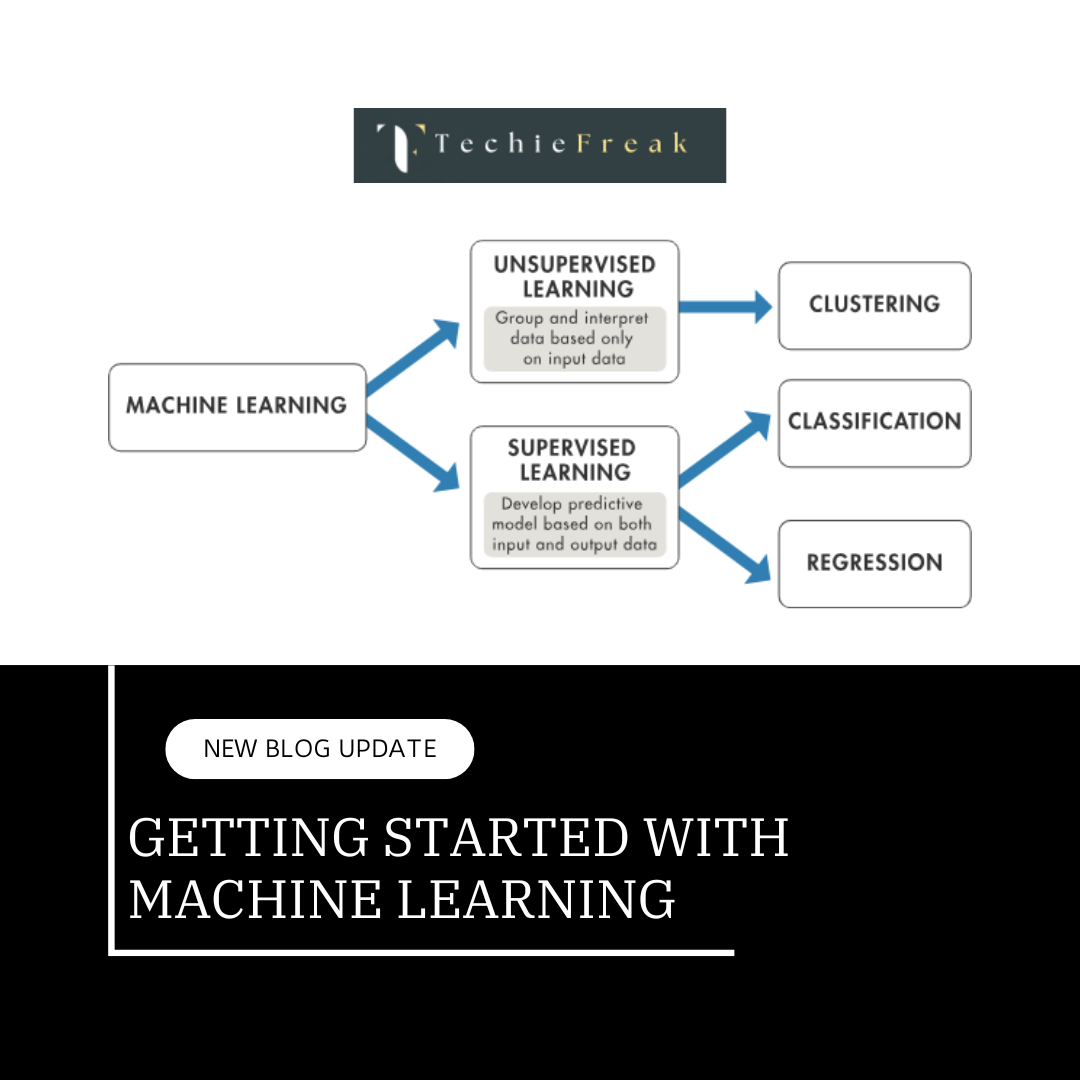
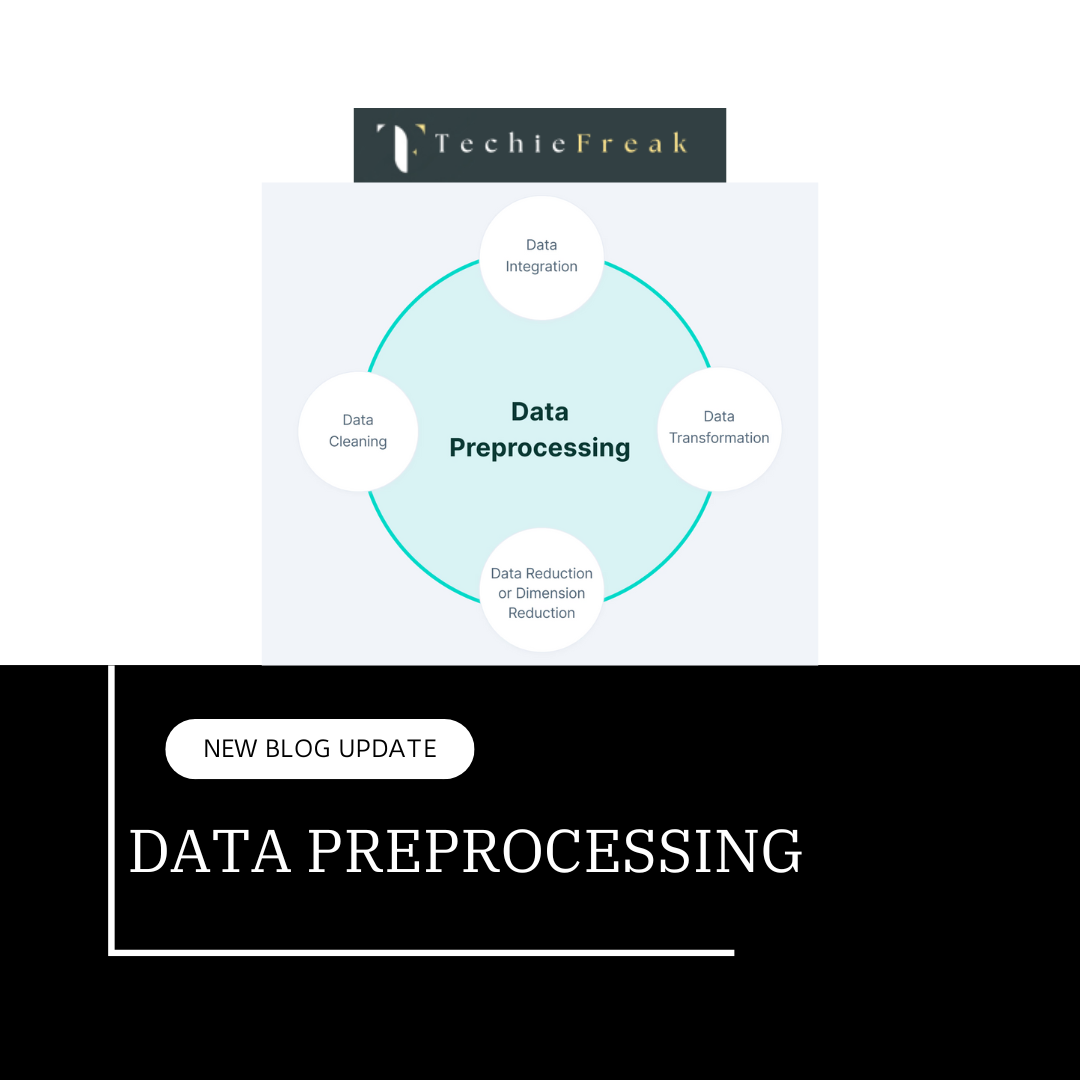
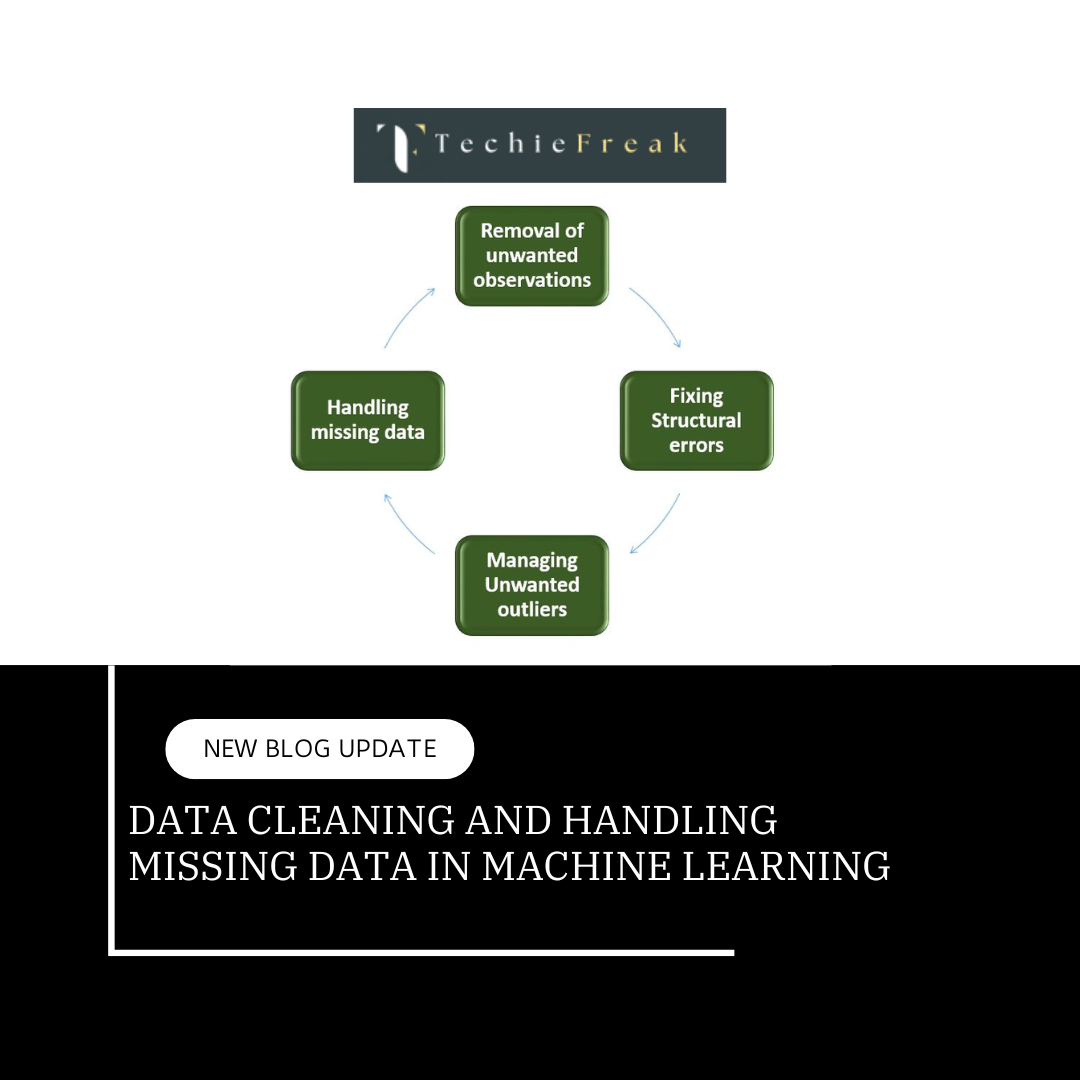
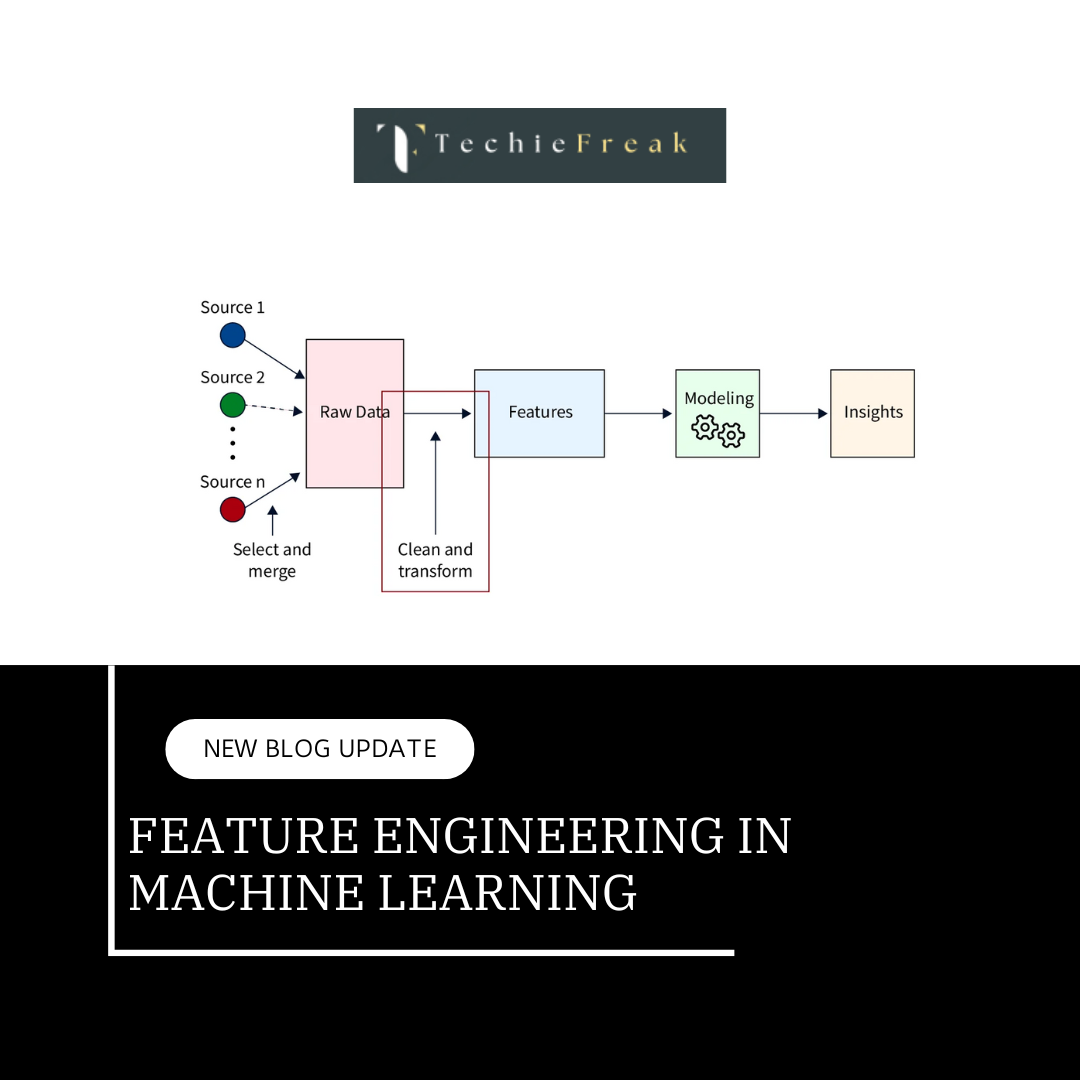
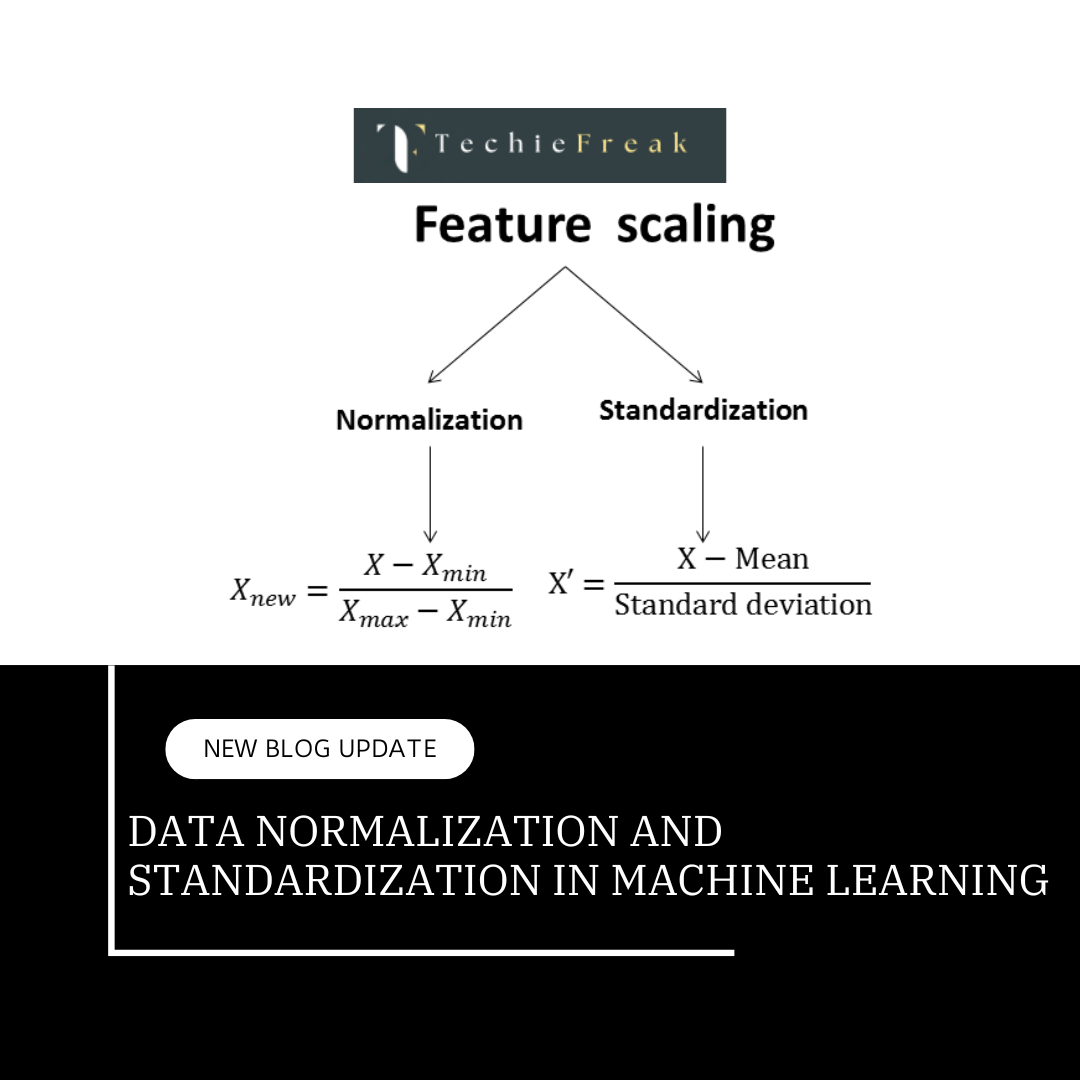

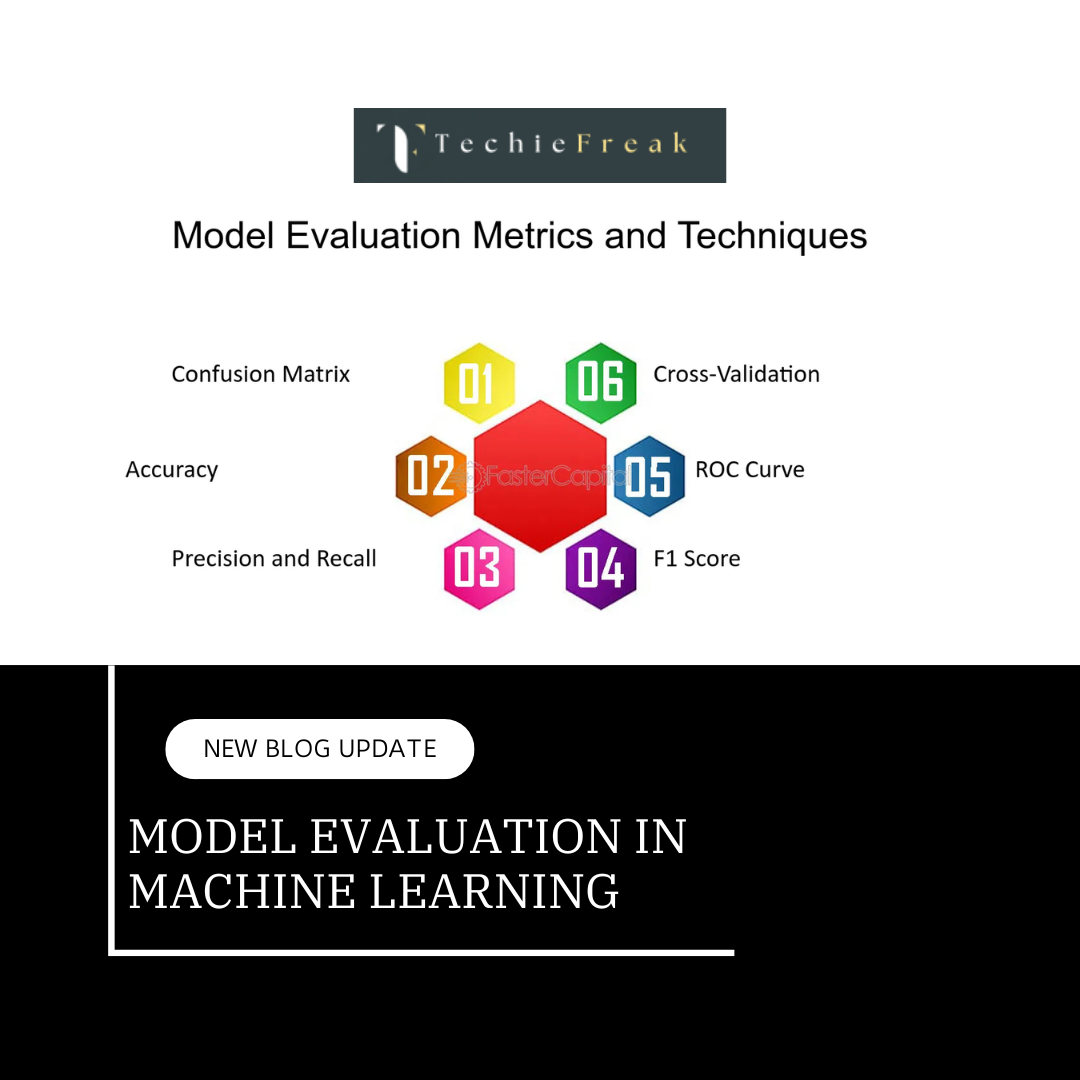
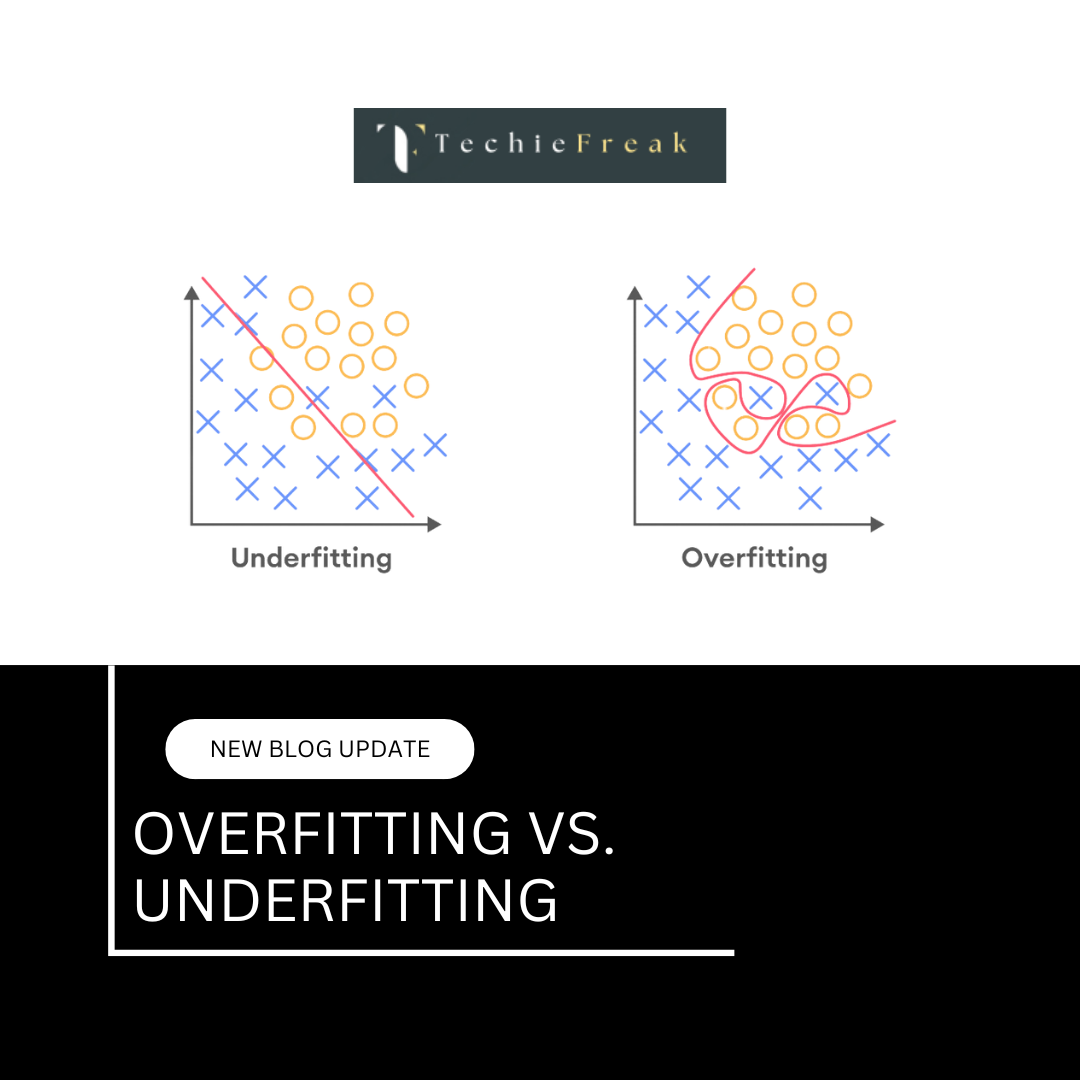
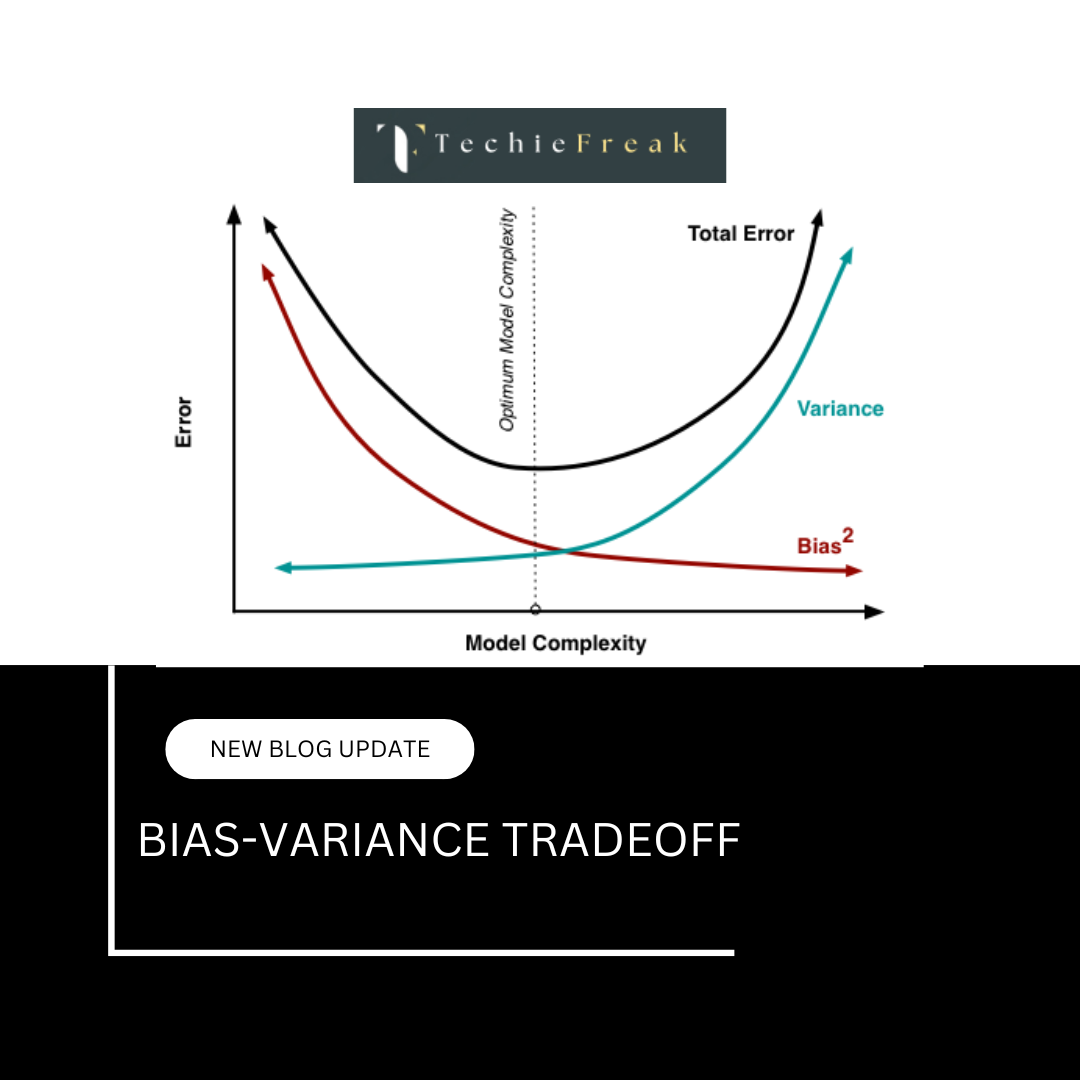
.png)
.png)
.png)
.png)
.png)
.png)
.png)
.png)
.png)
.png)
.png)
.png)
.png)
.png)
.png)
.png)
.png)
.png)
.png)
